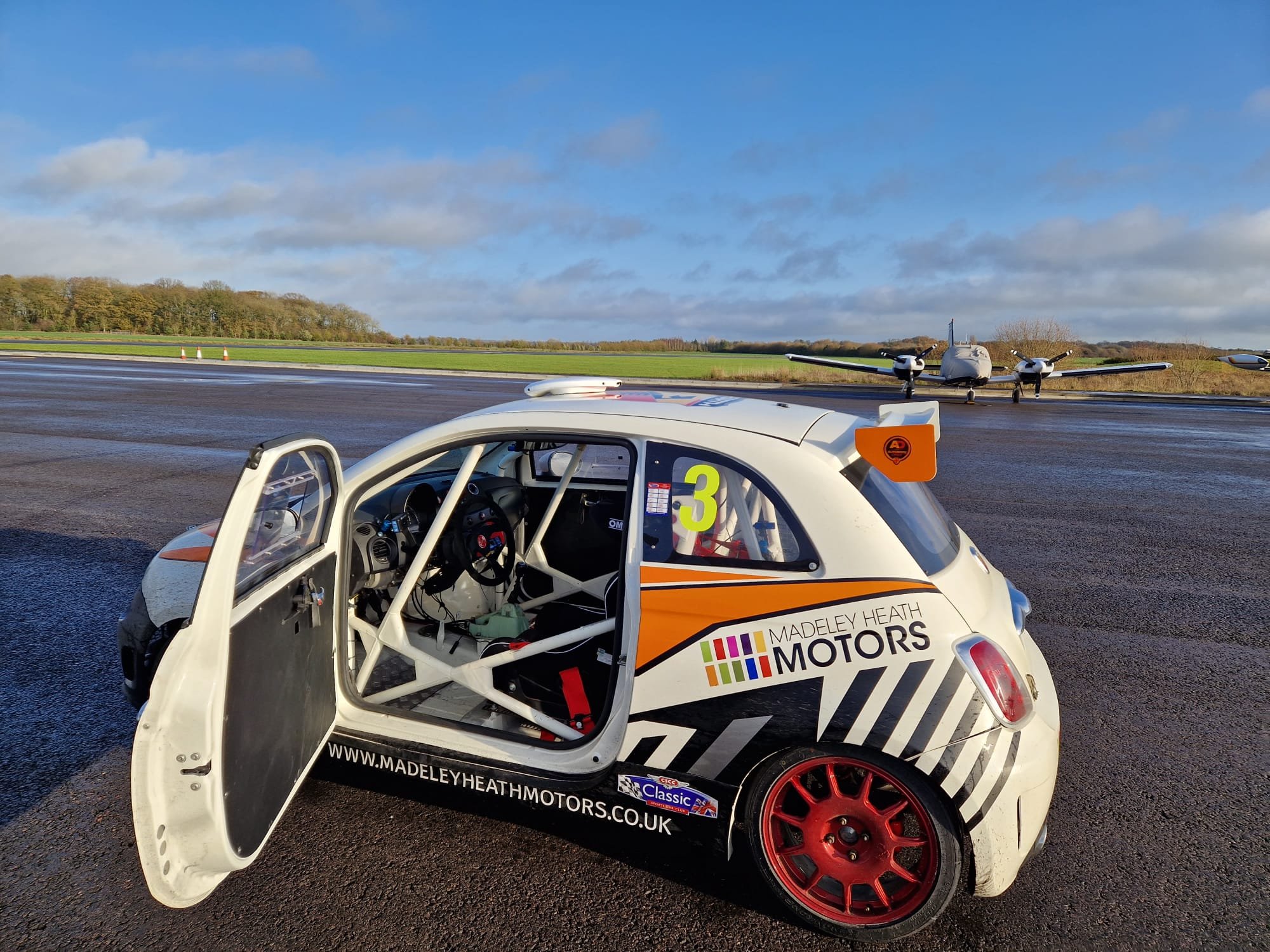I’m the D in D.A.D, a company formed in 1974 soon after I left the Rootes Group having been the engineer working between the Bevans and the factory winning the BTCC three times.
Some 10 years ago I met Michael Hyams, he was a customer and a computer geek. I have used computers since the late 60s when they had banks of valves but I don’t consider myself a computer specialist. Michael has been my link to using computers properly, the last time I used them properly was using DOS. He has been the key to us understanding the Euro6 Bosch ECU; his understanding and my old fashioned maths, understanding and knowledge of the mechanics of an internal combustion engine have moved us forward big time.
One of the things that has been bugging me for the last few years has been the issues regarding rolling road power outputs. Last November I took an Abarth 500 to three rolling roads, I weighed it very carefully, fitted the best available sensors and took it to an airfield. We calibrated the car, working out the rolling resistance and the aerodynamic drag and with GPS data we can see the power going into the gearbox. For those of you interested we were using kph * 0.1 for rolling resistance and .0038 for the aero drag (this was before we reduced the drag in the race cars).
Let me say that the ONLY way to say how much flywheel power an engine has is to put it on an engine dyno, but even that is difficult with a turbo car as the water, oil and air temperatures all have to be controlled. I remember the magnitude of doing a power curve in a no cost restricted dyno cell in 1961 at Perkins.
Power is torque multiplied by speed and a rolling road measures the torque put into the rollers. That torque is multiplied by the revs input by the rolling road operator to get the power at the base of the tyre and then an allowance is made for the losses in the tyre, the driveshafts and the gearbox etc. This is all at the discretion of the operator.
With a small front drive car the wheelspin gives a problem and even though it isn’t obvious the race cars on road tyres can have the front axle turning 8 to 9% faster than actual speed at 100mph, so the same must apply to a rolling road and there the revs used for calculating power are taken from the roller speed.
Data logged during a race at Thruxton Circuit. The wheelslip is measured by comparing the difference between the front and rear wheelspeed sensor readings.
At the airfield we logged the amount of air that the Bosch is calculating in order to calculate the amount of fuel to be injected. What it showed was just how good the Bosch measurement and maths is. We now know that we can compare power outputs very accurately from the Bosch maths and our data logger and indeed we believe the power that it equates to as it equates to what we measured on the runway. On a race circuit we have to allow for altitude changes, coming out of Church corner one of the race cars was showing 320bhp but as soon as it went through the dip it dropped to 285. We could boast 320bhp but it isn’t real life.
Add to the above the different water and intake air temperature changes in real life and with a fan cooling the radiators prior to a very brief power run on a rolling road and I really don’t believe what I see from some people that are trying to promote their ability to tune a car. WE think about what the engine will be doing at the end of the Hangar Straight and we know that an intercooler mounted in-front of the water radiator will have the water at close to 100C which is why we have totally redesigned the cooling package. There is much more to winning motor races and championships than just numbers; the answer is a package and compromises.


